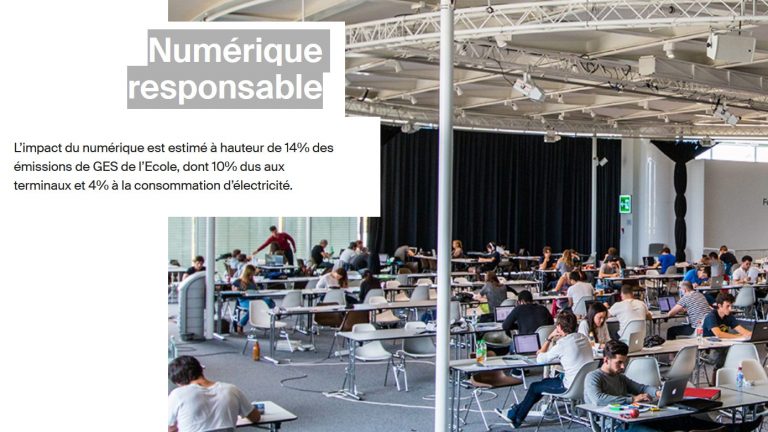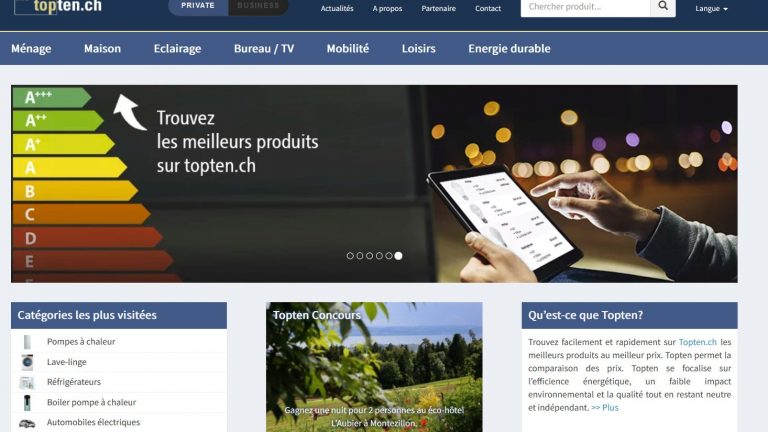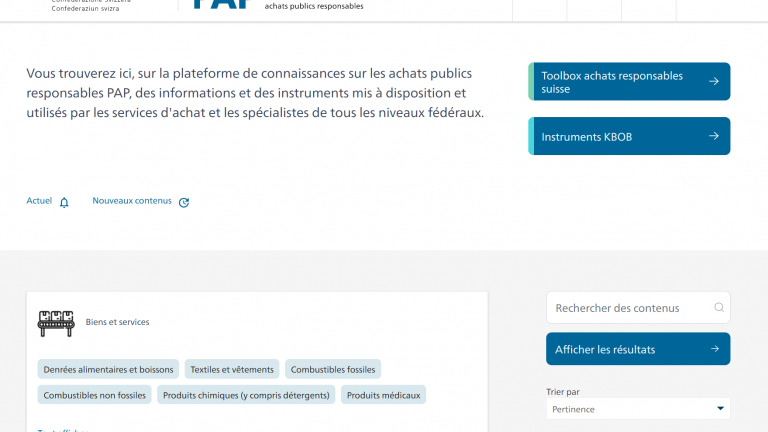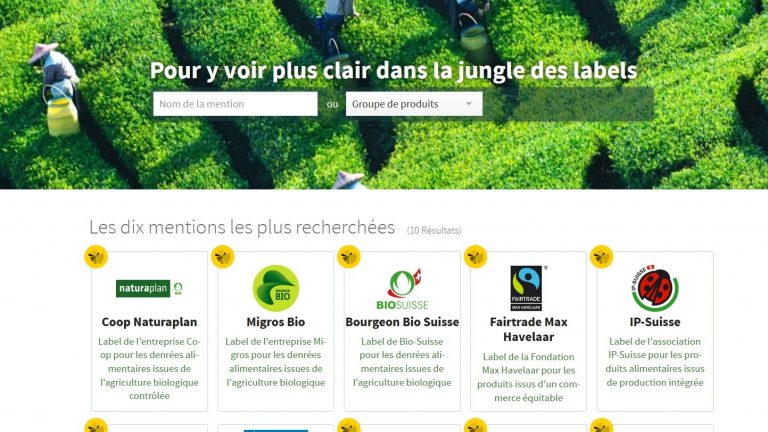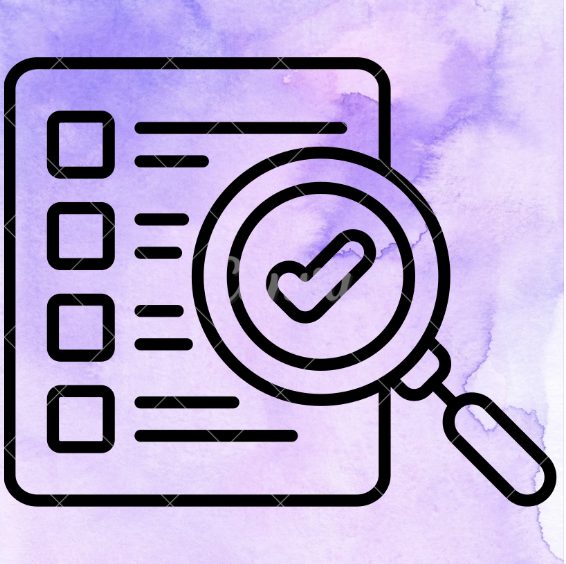 Concerned products
Concerned products
Non-exhaustive list below:
- Laptops
- Printers
- Screens
- Smartphones
- Wired network equipment
- Servers
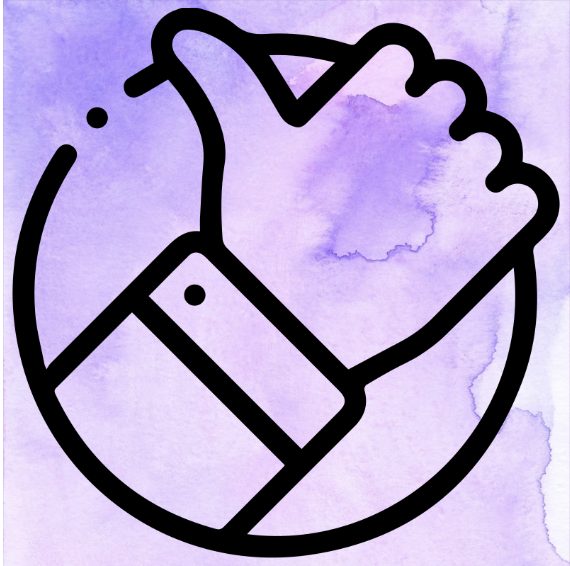 Best practices
Best practices
- Go through the CRI (IT Repair Center) to repair and/or recycle IT equipment
- Check with the IT manager whether the equipment is available in the faculty / School
- Question the need before purchasing a device. Clearly define the functions the equipment must have (excess equipment = excess environmental impact!)
Choose products that bear a label (for example EPEAT or TCO) and that guarantee high energetic efficiency (for more info: TopTen).
- Before consulting Catalyse catalogues, check out the second-hand equipment sold by the CRI: https://crisrv2.intranet.epfl.ch/fmi/webd (only accessible with an EPFL IP address)
- Request guarantees for spare parts and their availability in order to increase the product’s lifespan
- Reduce the product’s energetic consumption using the proper parametrization (activation of the equipment’s standby mode, automated switching off of some equipment when not in use, etc.)
- Learn about IT impacts by taking part in a Digital Collage Fresk
 Environmental impacts
Environmental impacts
Raw materials
- Potential loss of biodiversity, as well as loss of habitats and harmful consequences for plants, animals, and people
- Pollution of waters and soils
- Consumption of finite resources (conflict materials, illegal mining activity, etc.)
- Impact on the climate due to the energy-intensive extraction process and the resulting greenhouse gas emissions
Manufacturing
- Greenhouse gas and air pollutant emissions due to the use of energy from fossil fuels
- Release of harmful substances
Use
- Consumption of resources, particularly due to the short lifespan, overconsumption, as well as too wide an assortment of such products
Disposal
- Improper disposal of products represents an enormous impact on the environment. In addition, if waste is not recycled, precious resources can be lost, jeopardizing recovery.
- Different materials within the same equipment make recycling more difficult
- Release of harmful substances
 Social impacts
Social impacts
Raw material extraction and manufacturing
- Serious violations of human rights (child labor, modern slavery, rights of indigenous people, etc.)
- Violations of human rights (freedom of association, freedom of expression, etc.)
- Health and safety at work
Use
- Mental health: having appeared in our lives without necessarily being questioned, digital technology has nevertheless revolutionized our behaviors. Some issues must therefore be taken into consideration for healthy digital practice
